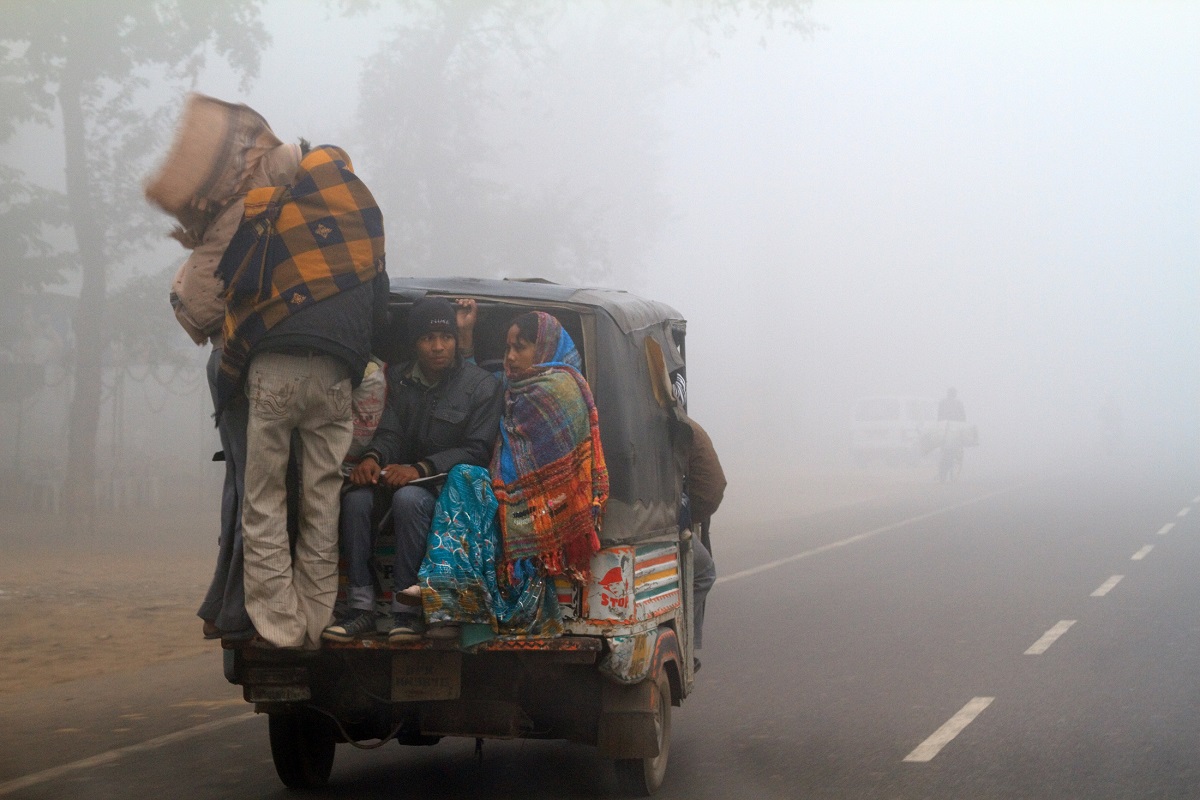The prevailing moderate to severe cold wave conditions over Odisha will continue for the next 48 hours after which there is a likelihood of a slight rise in night temperature from December 24, SOA’s Centre for Environment and Climate (CEC) said on Tuesday.
The current spell of the cold wave was caused by the northwesterly wind flow at lower and upper atmosphere from the colder region of northwest India which was accompanied by clear sky conditions which supported strong radiational cooling, the CEC Director, Dr Sarat Chandra Sahu, said.
Advertisement
He said the moisture was very minimal over land areas due to the force of the northwesterly wind up to the Bay of Bengal which had prevented incursion of sea wind towards the land.
There would be a slight rise in night temperature ranging from 1 to 2 degrees Celsius in the state due to change in wind flow along with the approach of a western disturbance in northwest India from December 24, Dr Sahu said.
An increase of night temperature will be more prominent from December 26 with the occurrence of fog over coastal and adjoining interior districts while the west and north Odisha districts might witness light to moderate rainfall on December 29 and 30.
North Odisha and coastal districts might receive rain on December 30 and 31 due to western disturbance, he said adding the new year’s day might be pleasant with cloud cover and occasional sunshine.











